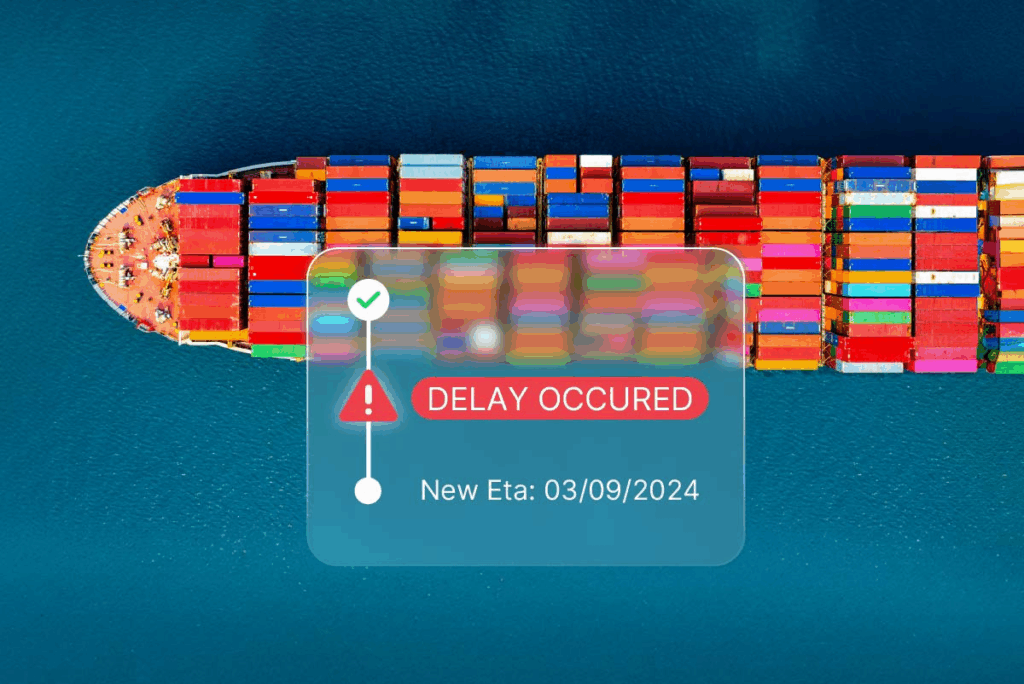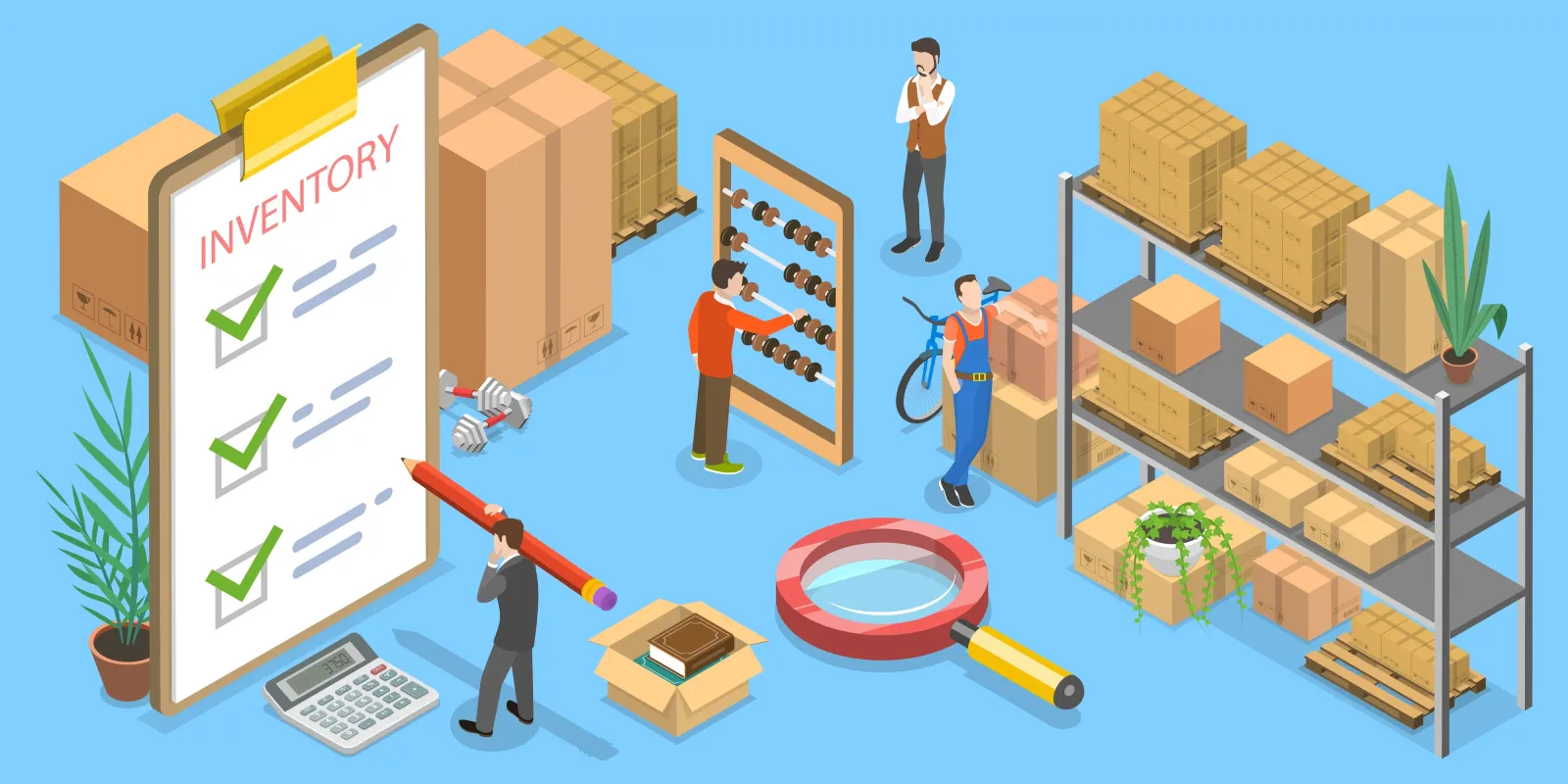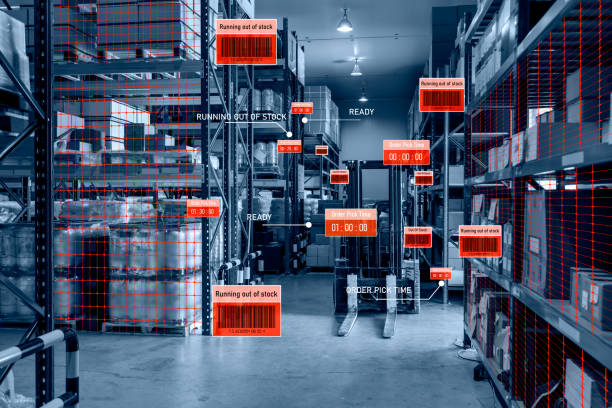Tracking Delays vs. Shipping Delays – How to Explain to Customers
Visit Postalparcel for reliable international parcel tracking and transparent delivery solutions.
Customers often confuse Tracking Delays with Shipping Delays. Both can cause frustration, but they arise from different issues. Understanding the distinction and explaining it clearly helps businesses maintain trust and provide a better delivery experience. This guide explores what tracking delays really mean, why they occur, and how to communicate them effectively.

What Are Tracking Delays?
Tracking Delays happen when a package’s tracking information does not update in real time. The shipment may still be moving through the network, but the online tracking page doesn’t show new data.

Common Reasons for Tracking Delays
- Scanning Issues
Packages must be scanned at each checkpoint, but scanners sometimes miss items during busy periods. - System Synchronization Lag
Data transfer between different carriers or customs systems may take extra time, especially in international routes. - Local Carrier Transition
When a parcel moves from one courier to another (for example, from China Post to DHL or USPS), it can take 24–72 hours for the next system update. - Customs Clearance Delays
Customs inspections may occur without immediate updates to the tracking database. - High Shipping Volume
During peak seasons like Black Friday or Christmas, backlogs in scanning and data uploads are common.
What Tracking Delays Do Not Mean
- The package is not lost.
- The shipment is still moving even if there are no new scans.
- Updates will appear once the next checkpoint or customs process is completed.
What Are Shipping Delays?
Shipping Delays refer to a real slowdown in the physical transportation of goods. In this case, the package itself is running behind schedule due to operational or external issues.

Common Reasons for Shipping Delays
- Severe Weather or Natural Disasters – Ports or flights may be closed or grounded.
- Customs or Border Inspection Hold-ups – Random checks can cause processing delays.
- Incorrect Documentation – Missing invoices or inaccurate item details can stop clearance.
- Transportation Bottlenecks – Port congestion or vehicle shortages delay movement.
- Holidays and Strikes – National holidays or labor strikes can slow the entire chain.
Key Difference: Tracking vs. Shipping Delay
| Factor | Tracking Delay | Shipping Delay |
|---|---|---|
| Definition | Data or system update lag | Actual physical delay |
| Impact | Affects visibility | Affects delivery time |
| Cause | Scan errors, system lag | Weather, customs, congestion |
| Solution | Wait for next scan | Investigate and reschedule |
How to Explain Tracking Delays to Customers
A calm and transparent explanation can reduce anxiety and prevent complaints. Clear communication is the best tool for managing tracking delay inquiries.
1. Be Honest and Reassuring
Tell customers that tracking delays are temporary and normal.
“Your parcel is still on the move. Sometimes tracking pauses while it transfers between carriers or customs offices.”
2. Give Context
Explain why the update may be paused.
“The tracking system may not refresh while your parcel is waiting for its next scan at a transit facility.”
3. Offer Timeframes
Provide realistic expectations.
“Please allow 48–72 hours for new updates to appear. The parcel is still progressing.”

4. Provide Support Channels
Encourage customers to reach out if tracking remains unchanged for several days.
“If you don’t see any new scans after five business days, contact our support team and we’ll check with the carrier.”
5. Reinforce Reliability
Remind customers that Postalparcel and its partner network prioritize speed and transparency even during data delays.
How to Handle Shipping Delays
When the delay is physical rather than digital, a more proactive response is needed.
1. Identify the Source
Use carrier data or internal systems to locate the parcel—whether at customs, a port, or in local transit.
2. Notify Customers Early
Send updates as soon as a delay is confirmed. Prompt communication builds trust.
3. Adjust Delivery Dates
Update estimated delivery times and avoid vague promises.
4. Provide Solutions
Offer alternatives such as a partial refund, reshipment, or store credit if the delay is long.
5. Record Delays
Keep a log of recurring delay causes to improve route and partner choices in future shipments.
Why Tracking Delays Are Common in International Shipping
International logistics involve multiple systems, time zones, and regulations, all of which can affect data updates even when shipments are moving as planned.
1. Multi-System Integration
Different couriers use different tracking software, and synchronization between them may take time.
2. Time Zone Gaps

Scans made in one country may appear later in another system due to time differences.
3. Customs Data Restrictions
Some customs offices limit access to internal tracking data for security reasons.
4. Human and Technical Factors
Manual scanning errors or outdated barcode equipment can delay updates, especially in high-volume warehouses.
How to Reduce Tracking Delays for Future Shipments
- Choose Reliable Carriers – Work with partners known for accurate and consistent tracking updates.
- Enable Multi-Carrier Tracking – Use a centralized platform that integrates multiple couriers for real-time visibility.
- Ensure Accurate Data Linking – Verify that tracking IDs and order details match at shipment creation.
- Train Warehouse Staff – Reinforce proper scanning procedures before dispatch.
- Set Clear Customer Expectations – Include information on your site about typical tracking update intervals.
How Postalparcel Helps You Manage Tracking Delays
Postalparcel combines multi-carrier tracking, automated updates, and smart notifications to simplify logistics visibility.
Key Benefits
- Real-Time Global Tracking: Smooth integration across Asia, Europe, and North America.
- Transparent Pricing: No hidden costs or complicated surcharges.
- Integrated Customer Support: Fast responses for missing or delayed updates.
- DIY Tracking Dashboard: Consolidate and manage all parcels in one place.
Postalparcel helps users distinguish between tracking delays and actual shipping delays, giving businesses a clearer overview of every shipment’s status.
FAQ: Common Questions About Tracking Delays

1. My tracking hasn’t updated for three days. Is my package lost?
No. This is common, especially when parcels are moving between customs or carriers. It will update once scanned again.
2. Why does it say “Label Created” for so long?
It means the label has been printed, but the parcel hasn’t been scanned by the courier yet. Updates will start after pickup.
3. Can I make tracking updates appear faster?
Not directly, but using reliable logistics networks like Postalparcel’s can reduce system delays.
4. What’s the difference between “In Transit” and “Pending”?
“In Transit” means the parcel is moving; “Pending” means it’s waiting for the next scan or customs release.
5. When should I contact support?
If there are no updates for more than five business days or the parcel exceeds the delivery estimate.
Conclusion
Tracking Delays are often caused by scanning or data synchronization gaps rather than real transportation problems. By distinguishing them from shipping delays, companies can explain the situation more clearly and maintain customer confidence. Transparent updates, realistic timelines, and reliable tracking systems all help reduce confusion and strengthen trust.
For dependable global delivery and clear parcel visibility, explore Postalparcel’s logistics services.
Industry Insights
news via inbox
Nulla turp dis cursus. Integer liberos euismod pretium faucibua







